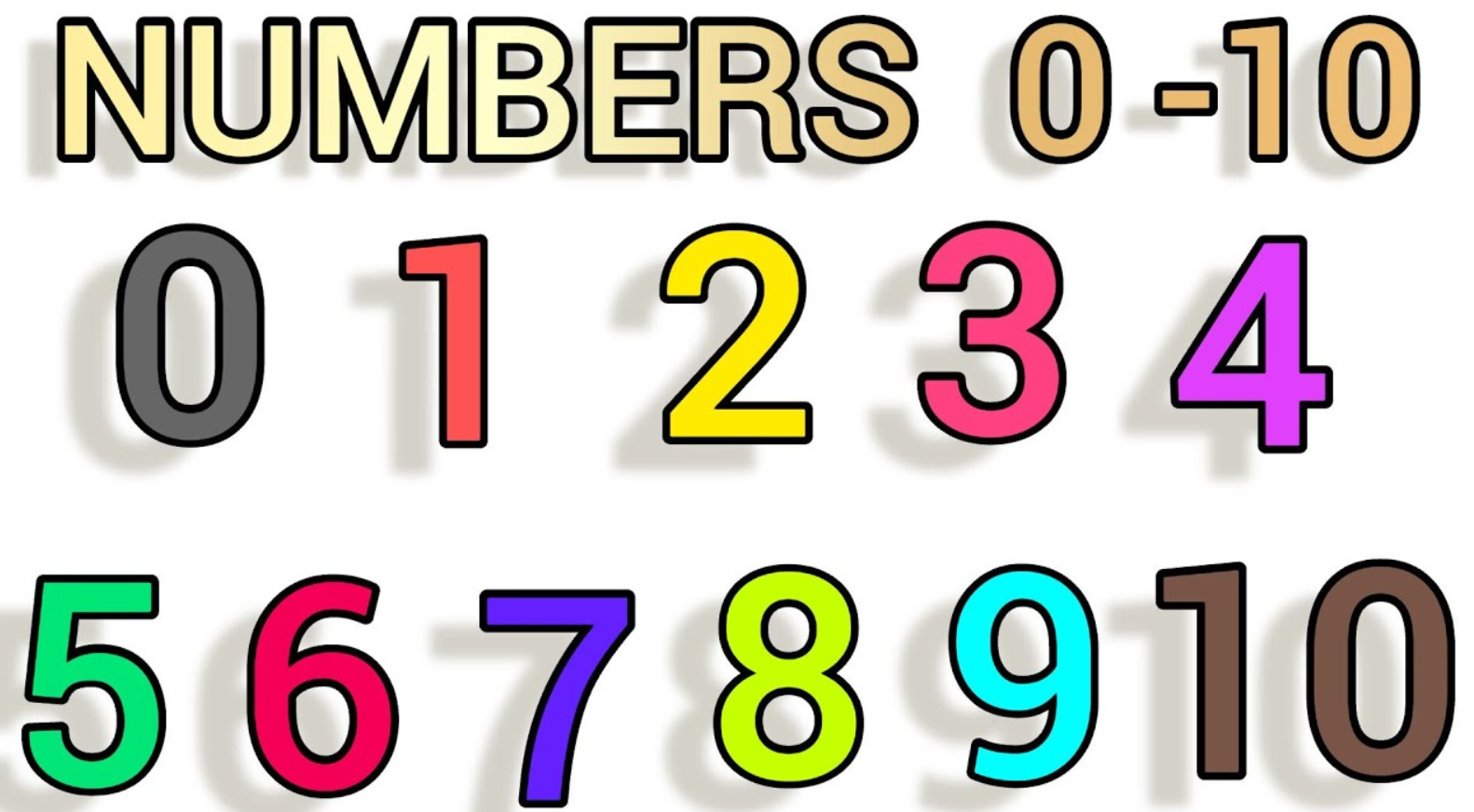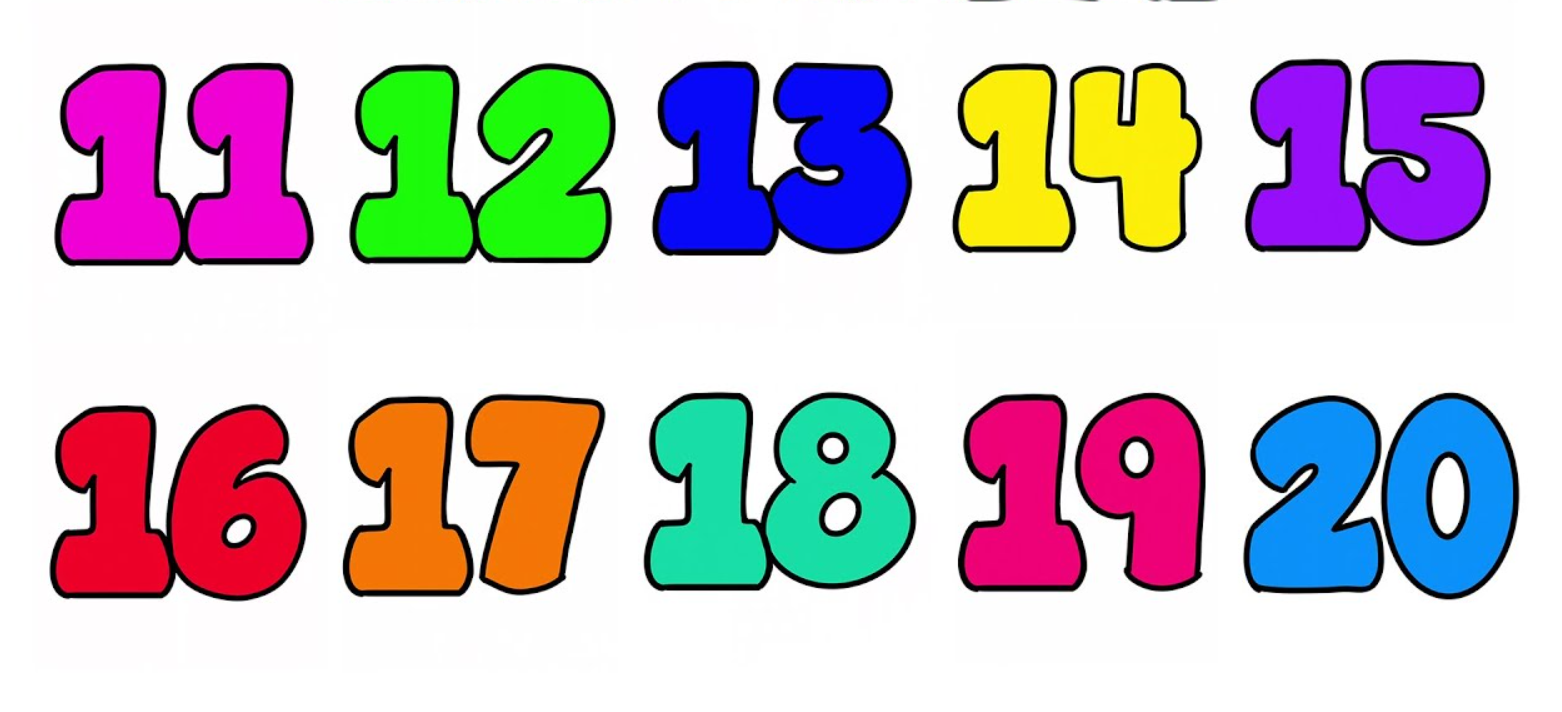Learning to count from 1 to 100 in Mandarin Chinese is a key skill. It’s more than just language; it’s about connecting with a culture that’s both ancient and modern. Chinese numbers are designed clearly and repetitively, making them easy to learn. As you get to know these numbers, you’ll see how they pop up every day, in shops, and during festivals. Getting past the basics can really open up new ways to interact and understand the culture better. So, let’s learn how to count in Chinese numbers.
The Basics of Counting in Chinese Numbers
Numbers 0-10

Learning to count from 0 to 10 in Chinese is a basic skill that helps you understand bigger numbers later on. Each number from one to ten has its own unique Chinese character, and they’re all just one syllable long. This makes them easy to remember.
| English | Mandarin | Pinyin |
| Zero | 零 | líng |
| One | 一 | yī |
| Two | 二 | èr |
| Three | 三 | sān |
| Four | 四 | sì |
| Five | 五 | wǔ |
| Six | 六 | liù |
| Seven | 七 | qī |
| Eight | 八 | bā |
| Nine | 九 | jiǔ |
| Ten | 十 | shí |
Knowing these well is crucial because all the larger numbers are built using these ten digits. If you get these down, learning more Chinese will be a lot smoother.
Numbers 11-20

Building on the basics of numbers 1-10, Chinese numbers from 11 to 20 are pretty straightforward. The number 11 is said as 十一 (shí yī), which means ‘ten one.’ This pattern keeps up all the way to 19, which is 十九 (shí jiǔ), or ‘ten nine.’
| English | Mandarin | Pinyin |
| Eleven | 十一 | shí yī |
| Twelve | 十二 | shí èr |
| Thirteen | 十三 | shí sān |
| Fourteen | 十四 | shí sì |
| Fifteen | 十五 | shí wǔ |
| Sixteen | 十六 | shí liù |
| Seventeen | 十七 | shí qī |
| Eighteen | 十八 | shí bā |
| Nineteen | 十九 | shí jiǔ |
| Twenty | 二十 | èr shí |
It’s a simple addition system, really. Every number from 11 to 19 just sticks the number ten (十) in front of the single-digit number. This makes it easy to pick up and use.
Also Read: Colors In Chinese Culture And Their Meanings
Numbers 21-99
Counting from 21 to 99 in Chinese is pretty straightforward. You start by saying the tens digit, multiply it by ten, and then add the unit digit. Getting the hang of this makes things like shopping or planning easier. It’s a handy skill that helps you get by in many everyday situations in Chinese-speaking environments.
| English | Mandarin | Pinyin |
| 21 | 二十一 | èr shí yī |
| 22 | 二十二 | èr shí èr |
| 23 | 二十三 | èr shí sān |
| 24 | 二十四 | èr shí sì |
| 25 | 二十五 | èr shí wǔ |
| 26 | 二十六 | èr shí liù |
| 27 | 二十七 | èr shí qī |
| 28 | 二十八 | èr shí bā |
| 29 | 二十九 | èr shí jiǔ |
| 30 | 三十 | sān shí |
| 31 | 三十一 | sān shí yī |
| 32 | 三十二 | sān shí èr |
| 33 | 三十三 | sān shí sān |
| 34 | 三十四 | sān shí sì |
| 35 | 三十五 | sān shí wǔ |
| 36 | 三十六 | sān shí liù |
| 37 | 三十七 | sān shí qī |
| 38 | 三十八 | sān shí bā |
| 39 | 三十九 | sān shí jiǔ |
| 40 | 四十 | sì shí |
| 41 | 四十一 | sì shí yī |
| 42 | 四十二 | sì shí èr |
| 43 | 四十三 | sì shí sān |
| 44 | 四十四 | sì shí sì |
| 45 | 四十五 | sì shí wǔ |
| 46 | 四十六 | sì shí liù |
| 47 | 四十七 | sì shí qī |
| 48 | 四十八 | sì shí bā |
| 49 | 四十九 | sì shí jiǔ |
| 50 | 五十 | wǔ shí |
| 51 | 五十一 | wǔ shí yī |
| 52 | 五十二 | wǔ shí èr |
| 53 | 五十三 | wǔ shí sān |
| 54 | 五十四 | wǔ shí sì |
| 55 | 五十五 | wǔ shí wǔ |
| 56 | 五十六 | wǔ shí liù |
| 57 | 五十七 | wǔ shí qī |
| 58 | 五十八 | wǔ shí bā |
| 59 | 五十九 | wǔ shí jiǔ |
| 60 | 六十 | liù shí |
| 61 | 六十一 | liù shí yī |
| 62 | 六十二 | liù shí èr |
| 63 | 六十三 | liù shí sān |
| 64 | 六十四 | liù shí sì |
| 65 | 六十五 | liù shí wǔ |
| 66 | 六十六 | liù shí liù |
| 67 | 六十七 | liù shí qī |
| 68 | 六十八 | liù shí bā |
| 69 | 六十九 | liù shí jiǔ |
| 70 | 七十 | qī shí |
| 71 | 七十一 | qī shí yī |
| 72 | 七十二 | qī shí èr |
| 73 | 七十三 | qī shí sān |
| 74 | 七十四 | qī shí sì |
| 75 | 七十五 | qī shí wǔ |
| 76 | 七十六 | qī shí liù |
| 77 | 七十七 | qī shí qī |
| 78 | 七十八 | qī shí bā |
| 79 | 七十九 | qī shí jiǔ |
| 80 | 八十 | bā shí |
| 81 | 八十一 | bā shí yī |
| 82 | 八十二 | bā shí èr |
| 83 | 八十三 | bā shí sān |
| 84 | 八十四 | bā shí sì |
| 85 | 八十五 | bā shí wǔ |
| 86 | 八十六 | bā shí liù |
| 87 | 八十七 | bā shí qī |
| 88 | 八十八 | bā shí bā |
| 89 | 八十九 | bā shí jiǔ |
| 90 | 九十 | jiǔ shí |
| 91 | 九十一 | jiǔ shí yī |
| 92 | 九十二 | jiǔ shí èr |
| 93 | 九十三 | jiǔ shí sān |
| 94 | 九十四 | jiǔ shí sì |
| 95 | 九十五 | jiǔ shí wǔ |
| 96 | 九十六 | jiǔ shí liù |
| 97 | 九十七 | jiǔ shí qī |
| 98 | 九十八 | jiǔ shí bā |
| 99 | 九十九 | jiǔ shí jiǔ |
Numbers 100 and Beyond
When you’re getting to grips with Chinese numbers starting from 100 and going up, there are a few key characters you need to know. The character for 100 is 百 (bǎi), for 1,000 it’s 千 (qiān), and for 10,000 you use 万 (wàn).
| English | Mandarin | Pinyin |
| 100 | 一百 | yī bǎi |
| 101 | 一百零一 | yī bǎi líng yī |
| 110 | 一百一十 | yī bǎi yī shí |
| 120 | 一百二十 | yī bǎi èr shí |
| 200 | 二百 | èr bǎi |
| 300 | 三百 | sān bǎi |
| 400 | 四百 | sì bǎi |
| 500 | 五百 | wǔ bǎi |
| 600 | 六百 | liù bǎi |
| 700 | 七百 | qī bǎi |
| 800 | 八百 | bā bǎi |
| 900 | 九百 | jiǔ bǎi |
| 1,000 | 一千 | yī qiān |
| 1,001 | 一千零一 | yī qiān líng yī |
| 1,010 | 一千零一十 | yī qiān líng yī shí |
| 1,100 | 一千一百 | yī qiān yī bǎi |
| 2,000 | 二千 | èr qiān |
| 10,000 | 一万 | yī wàn |
| 100,000 | 十万 | shí wàn |
| 1,000,000 | 一百万 | yī bǎi wàn |
| 10,000,000 | 一千万 | yī qiān wàn |
| 100,000,000 | 一亿 | yī yì |
Now, when the numbers get even bigger, like in the millions, there’s another character to remember: 亿 (yì), which stands for 100 million. So, three hundred million is said as 三亿 (sān yì). This pattern helps you learn and use big numbers without too much hassle. It’s all about stacking these building blocks together.
Also Read: Best Happy Chinese New Year Greetings
Conclusion
To wrap things up, learning Chinese numbers really helps you communicate better and get a feel for the culture. This guide has shown you how to count from 1 to 100 in Mandarin Chinese, covering the simple and the tricky parts. You now know how to put together numbers above ten, why some numbers are considered lucky or unlucky, and how to use ordinal numbers when you’re talking to someone. Remember, practice makes perfect. Try to use these numbers as often as you can to get better at them. Whether you’re learning for fun, planning a trip, or doing business, this new skill will help you connect more with Chinese culture and people. Keep visiting the Translation Blog for more translation articles.

